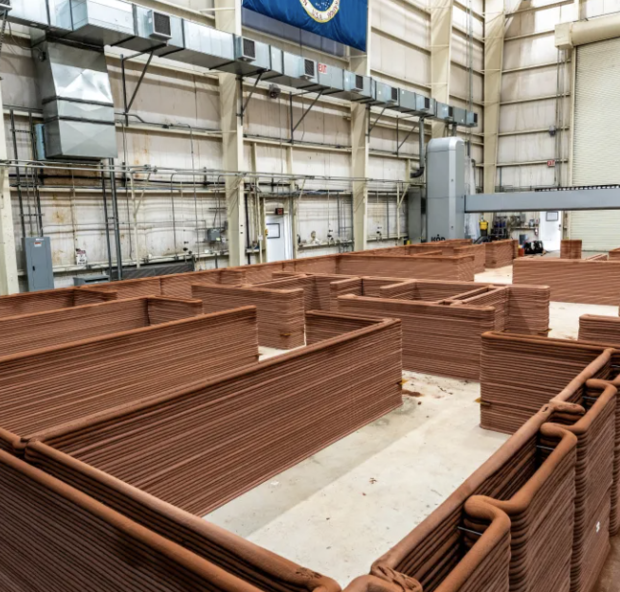NASA looking for 4 volunteers to spend a year living and working inside a Mars simulator
Ever wonder what it's like to live on Mars? Now, you could try out life on the Red Planet – in a simulation run by NASA. The space agency is looking for participants to live on a fake Mars for a full year to help them prepare for human exploration of the planet.
This is the second of three missions, which will have four volunteers living in a 1,700-square-foot Mars simulation, NASA has announced. The missions, called CHAPEA, for Crew Health and Performance Exploration Analog, take place in a 3D-printed Mars habitat at NASA's Johnson Space Center in Houston, Texas.
The simulation, called the Mars Dune Alpha, simulates a future Mars habitat with separate areas for living and working. It includes four living quarters for each volunteer, a workspace, a medical station, lounge areas and a galley and food growing stations.
Just like life on actual Mars, there will be limited resources. Volunteers in the simulation will go on simulated space walks and will have to work to maintain the habitat, grow crops and work with robotics. They will experience typical environmental stressors of the planet as well as equipment failures and delays in communications.
The ground mission will kick off in Spring 2025 and those who are interested have until April 2 to apply. To qualify, you must be a "motivated" U.S. citizen or permanent resident between the ages of 30 and 55.
You must speak English and be a non-smoker. "Applicants should have a strong desire for unique, rewarding adventures and interest in contributing to NASA's work to prepare for the first human journey to Mars," NASA says.
Applicants must also have experience working in STEM – with a master's in engineering, math, biology or other sciences and professional experience or at least two years of doctoral work in these areas or a test pilot program.
Or, if you have 1,000 hours of piloting experience, that could qualify you too. And if you have military experience or a bachelor's degree in a STEM field and four years of professional experience, that could qualify you too.
Volunteers can be compensated for the mission.
The first CHAPEA mission is still underway and NASA is using the experience to learn about health and performance during Mars explorations.
A similar mission to learn about the moon, called Artemis, will be used to eventually send the first woman, person of color and international partner astronaut to the moon.
NASA has sent several devices to fly by Mars and rovers to explore its surface. But only robots – no humans – have been to Mars, which has 24.6 hour-days, called sols. A year on Mars takes 669.6 sols.
Its atmosphere includes carbon dioxide, nitrogen, and argon gases, which create a hazy, dusty red sky. Temperatures can reach 70 degrees Fahrenheit or go as low as -225 degrees Fahrenheit.






